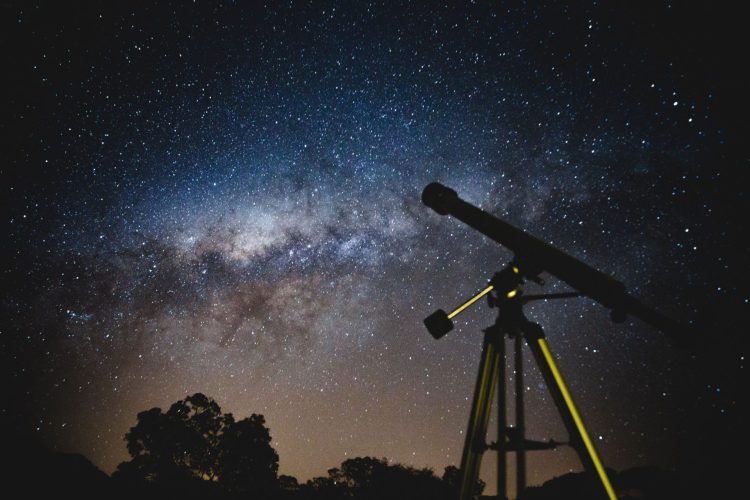Astronomy is a fascinating field that explores the vast universe beyond our planet Earth. It is the scientific study of celestial objects, such as stars, planets, galaxies, and other phenomena that exist in space. The night sky, with its countless stars and intriguing constellations, has captured the curiosity and imagination of humans for centuries.
Not only does astronomy give us a deeper understanding of the universe, but it also provides practical knowledge about our own planet and its place in the cosmos. In this article, we will explore some essential concepts and tools that will help you navigate the night sky and learn about celestial objects.
The Night Sky
The night sky is a mesmerizing sight to behold. On a clear night, away from city lights, you can witness a breathtaking display of stars and constellations. Understanding the night sky’s basic structure and how to locate key celestial objects is the first step in exploring astronomy.
Astronomical Objects:
- Stars: They are massive, luminous spheres of plasma that produce their own light and energy through nuclear reactions. Stars are the building blocks of galaxies and play a crucial role in the evolution of the universe.
- Planets: These are celestial bodies that revolve around a star and do not produce their own light. Our solar system has eight known planets, including Earth, which is the third planet from the Sun.
- Moon: Earth’s natural satellite, the Moon, is the brightest object in the night sky (other than the Sun). Observing the Moon’s phases and surface features can be an enjoyable experience for beginners.
- Galaxies: These are vast systems made up of stars, planets, gas, and dust held together by gravitational forces. The Milky Way, our home galaxy, contains billions of stars and is one of the billions of galaxies in the universe.
Tools for Observing the Night Sky
To explore the night sky, you’ll need some essential tools that aid in observation and understanding. Here are a few commonly used tools:
- Telescope: A telescope is a powerful optical instrument used to magnify and enhance the visibility of distant objects. It allows you to observe celestial objects in greater detail, including distant galaxies, nebulae, and planets.
- Binoculars: Binoculars can be a beginner-friendly alternative to telescopes. They provide a wider field of view and are more portable, making them convenient for stargazing on the go.
- Star Charts: Star charts or sky maps are useful for identifying and locating specific stars and constellations at different times of the year. They show the positions of stars relative to each other and can help you navigate the night sky.
- Astronomy Apps: In the digital age, you can use smartphone apps dedicated to astronomy. These apps utilize your device’s GPS and compass features to provide real-time information about celestial objects and their locations.
Stargazing Tips
Stargazing can be a rewarding experience if you keep a few tips in mind:
- Find a dark location away from city lights to minimize light pollution and enhance visibility.
- Check the weather forecast to ensure clear skies for better viewing conditions.
- Use a red flashlight or red cellophane to preserve night vision while reading star charts.
- Pack some comfortable seating like a blanket or reclining chair to make your stargazing session more relaxing.
- Be patient and give your eyes time to adjust to the darkness. It takes about 20-30 minutes for the eyes to adapt fully.
Whether you are a beginner or an enthusiast, astronomy offers a captivating journey through the cosmos. Exploring the night sky, learning about celestial objects, and using tools like telescopes can expand your understanding of the universe and its wonders. So grab your stargazing gear, head outside, and embark on a celestial adventure!


















